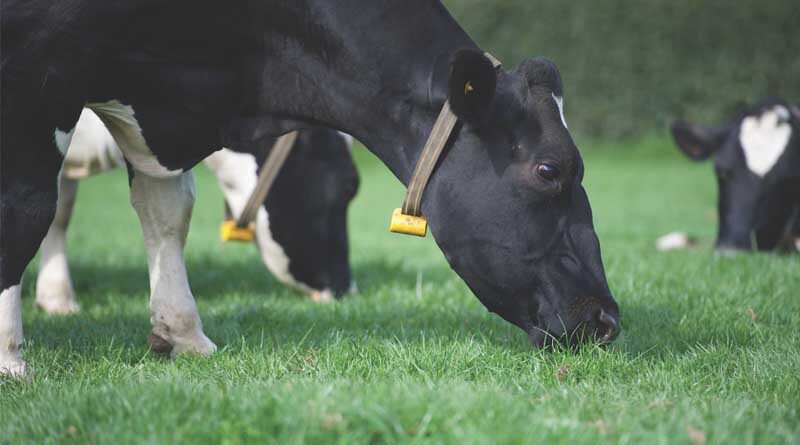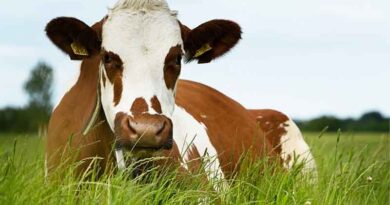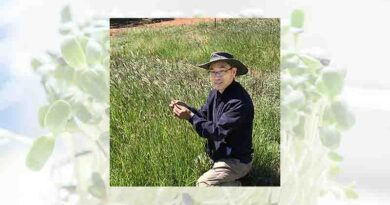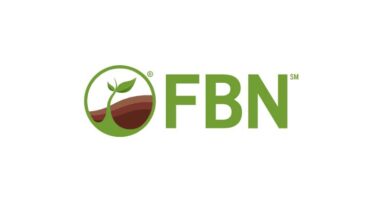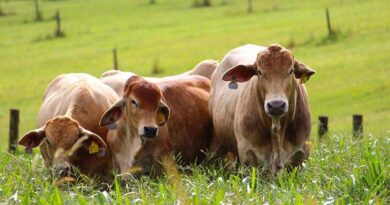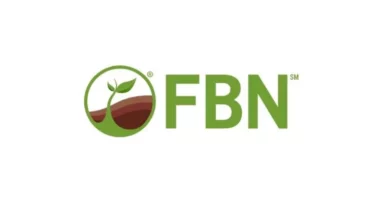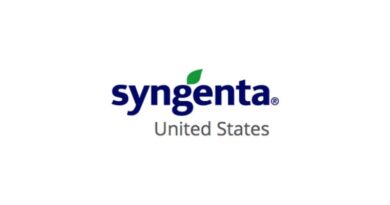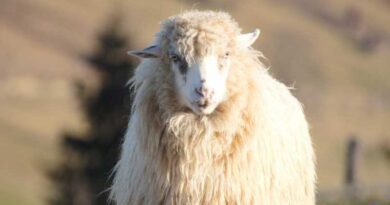Is the Grass Always Greener? Grass Turnout Best Practices
18 April 2022, CA: Is the grass always greener on the other side of the fence? Sometimes yes, sometimes no. But as you start to think about grass turnout this spring, there are a number of factors to keep in mind in order to keep your herd healthy and to maximize your ROI.
Pasture Management
When it comes to pasture management, make sure your cattle match your grass. Pasture management can be affected by heat units and the amount of moisture, so it will be a little different every year.
Cattle and farmers can be anxious to get out to pasture but it’s important not to overgraze too early. Take out your herd and rotate pastures frequently instead of letting them graze too much or mud down a pasture.
Also Read: Fall Seasonal Effects Connected to E. coli Outbreaks in Bagged Romaine
It’s good to know the balance of cool season and warm season grasses in your area as well as in your pastures. This will help you maximize the amount of growth you can get off that grass.
It’s also important to not let the grass get ahead of you. When the grass matures, the seed heads can actually damage the eye and possibly lead to pinkeye challenges later in the grazing season.
Consider haying or clipping your pastures to refresh the growth and remove some of the mature grass from the face of your cows.
Pasture Maintenance
Good fences make good neighbors. Ensure your fences are maintained. Spray for weeds and cut trees before your pasture starts to grow too much.
Pasture sprays such as Gunslinger® AMP and Gunslinger® P+D are available on FBN’s crop protection online store.
It’s also a good time to evaluate the ROI of a fertilizer program. This will differ from farm-to-farm and pasture-to-pasture but thinking about how you can introduce fertilizers into your management program can help you maximize the value of your pasture.
Factors influencing nutrition needs
One of the things to focus on at this time of the year is the mineral needs of the cows.
There are several factors that influence a cow’s nutrition needs:
- Cows have added nutrient requirements for fetal growth, reproductive tract repair and milk production.
- Milk production increases calcium and mineral requirements.
- Trace minerals are important for conception.
- The mineral nutrition of the cow determines the mineral status of the calf at birth, which is important for growth and health.
By utilizing a breeder mineral, you increase the calcium available to the cow, which is needed for milk production. Introducing trace minerals in a hydroxychloride form will maximize the availability of trace minerals that the cow can actually use because they prevent minerals from being tied up by antagonists like sulfur.
In rapidly growing forages during spring, potassium and magnesium compete in grass. The plant can be limited or deficient in the amount of magnesium it provides when cows eat it. This can cause a magnesium deficiency in cows that is also known as grass tetany.
Breeding & Bull Power
As you’re doing semen evaluations on your bull batteries on farms, it’s good to consider the bull to cow ratio. This differs from farm-to-farm and the specific area of the country you may be in.
On average, a good bull to cow ratio is in the range of one to twenty or one to thirty. This can be determined by the age of the bull and how many acres the bull has to cover. When there’s a lot of area to cover, the one to twenty ratio is more practical. In a more confined range situation, the one to thirty ratio makes sense. Try to semen check your bull as close to turn out as possible for a real time measure of fertility.
It’s also important to monitor a bull’s body condition. If a bull loses a significant amount of weight throughout the winter, this will affect its fertility. It’s a best practice to stratify bulls by age and size in multiple pastures.
Disease Prevention
Knowing biosecurity risks for your herd will help inform some of the management decisions that you face throughout the year. Be aware of animals that you’ve purchased and monitor them closely. These animals have the potential to bring in new strains of pinkeye, Bovine Viral Diarrhea (BVD), or Johne’s disease.
To protect against these diseases, you can find products like Pinkeye Shield® XT4 from Elanco or One Shot® BVD from Zoetis on the FBNAnimal Health store.
Being aware of biosecurity risks can help you develop an appropriate vaccine and management strategy. For example, you may need to quarantine new animals for 30 days or consider using a metaphylactic antibiotic treatment strategy. In some cases, you may want to contact the person who sold you the animals to get a better understanding of their herd status.
You should also consider consulting with neighbors who may have fence line contacts. Many diseases can be introduced across fence lines. Having conversations with your neighbor about the health of their herd could have potential implications on how you manage your own herd.
Some common questions to ask your neighbor about their herd:
- Did you see any changes in health?
- Did you see more abortions this year?
- Did you have more open cows than you did last year?
- Are you treating more calves for summertime pneumonia?
- Are you seeing more foot rot or pinkeye?
If both you and your neighbor are more vigilant about biosecurity risks, you both have the opportunity to ensure your herd is healthy.
Keeping disease off your farm
There are diseases that you may not be able to keep off your farm because they’re endemic in your cow herd. In this case, work with a veterinarian to develop the right vaccine protocols for your operation.
Pasture management checklist
As you think about grass turnout, keep these tips in mind:
- What is your plan for pasture management and grazing?
- Have you chosen the right mineral supplement for your herd?
- What does your breeding program look like and what is your plan for bull power?
- What biosecurity measures do you have in place and how are you managing disease?
- What is your deworming strategy for your cows and calves?

